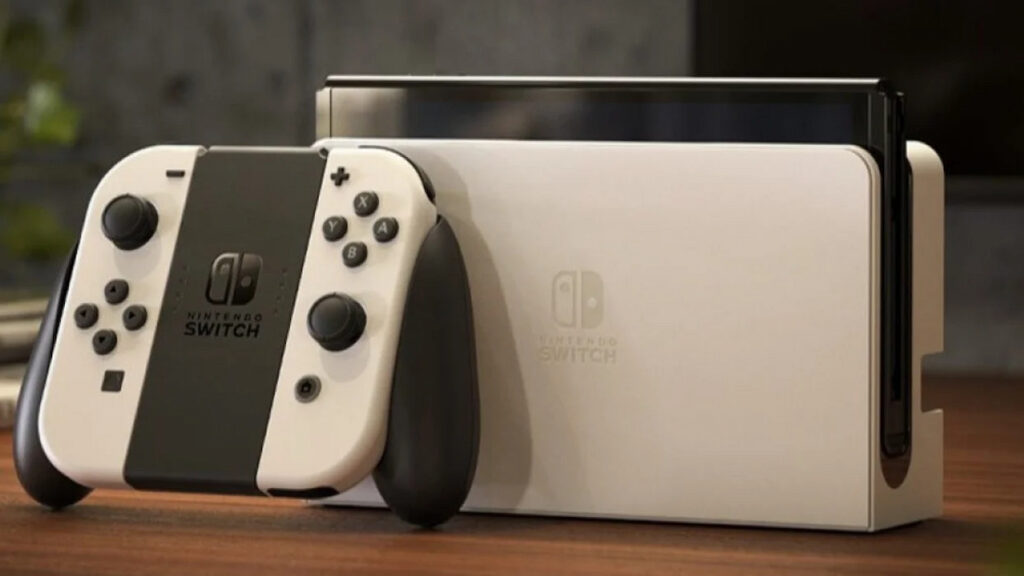
Image source: Nintendo
As anticipation builds within the gaming community, a new Nintendo Switch 2 leak has brought about new details on Nintendo’s upcoming console. Slated for a delayed release in early 2025, the successor to the hugely popular Switch is set to make innovative new changes. However, some improvements made by the second-generation OLED Switch model won’t carry over.
Key among the new features for the Switch 2 are its Joy-Con controllers, which will now connect magnetically to the main console unit. This change, reported by the Spanish gaming news site Vandal, moves away from the traditional rail system used in current Switch models, aiming to simplify the attachment process. However, it remains unclear whether the existing Joy-Cons will be compatible with the new console.
In a nod to continuity and user convenience, Nintendo has confirmed that the existing Nintendo Switch Pro Controller will be compatible with the Switch 2. This decision is likely to be welcomed by current Switch owners looking to transition to the new console without the need for additional hardware investments.
Vandal, which has a track record of accurately leaking details about Nintendo products, such as the Switch OLED’s features before its official announcement, suggests that the Switch 2 will also be larger than its predecessors, though still smaller than competitors like the Steam Deck. This aligns with previous reports about a larger eight-inch screen, potentially using an LCD to manage costs despite the inclusion of a high-fidelity gaming experience necessitating increased storage.
Further technological upgrades include the adoption of NVIDIA’s Tegra 239 SoC, which combines Ampere GPU architecture with significant RAM and storage capabilities. Notably, the console is expected to feature hardware ray tracing capabilities, a first for Nintendo, although it reportedly won’t support all features available on other platforms, such as DLSS Frame Generation.
Nintendo’s decision to delay the launch of the Switch 2 from 2024 to 2025 has been attributed to multiple factors. Industry sources suggest the delay will allow Nintendo to avoid potential hardware supply issues and ensure a robust lineup of first-party software is ready to harness the full capabilities of the new hardware.
Additionally, the delay may serve to prevent a repeat of the ‘Joy-Con drift’ issue that affected previous models, as the company hopes to iron out any potential flaws in the new magnetic Joy-Con mechanism before the console hits the market.
As we reported last year, dev kits for Switch 2 have been in the hands of developers for some time. It was first demoed during Gamescom 2023.





